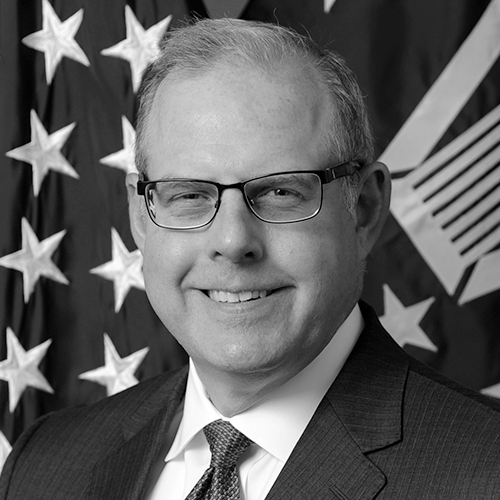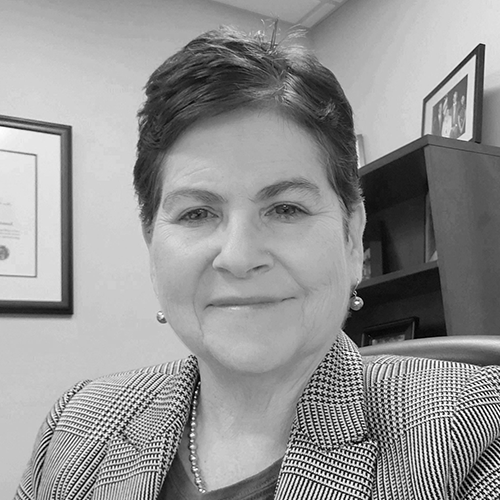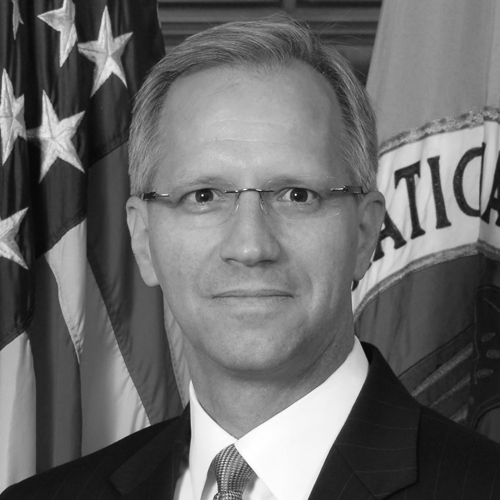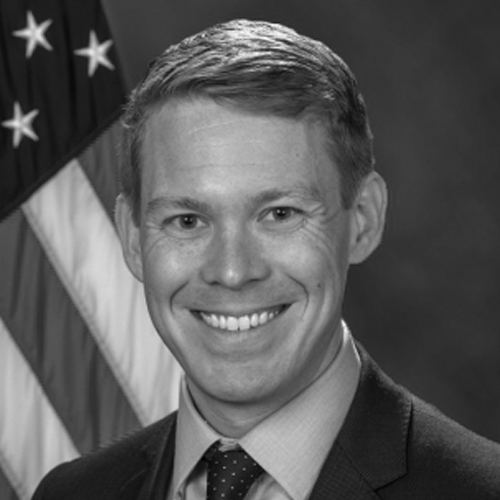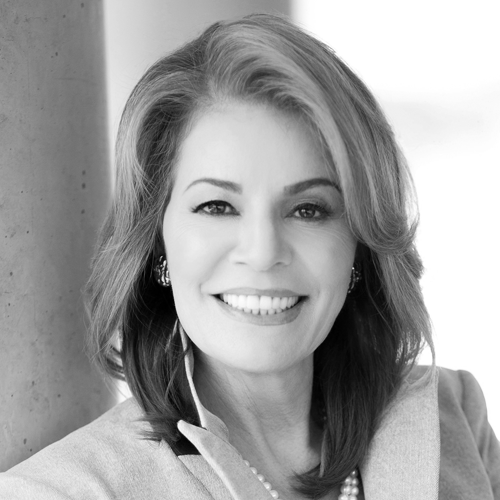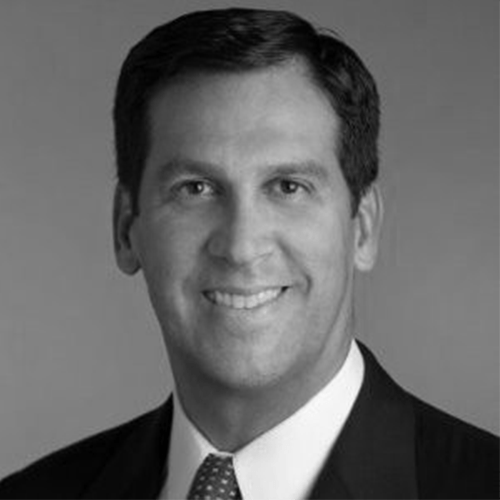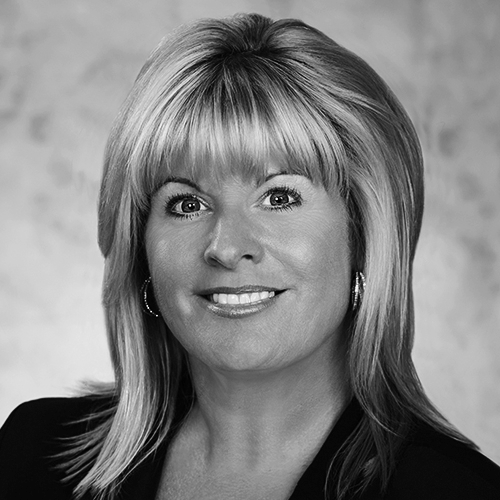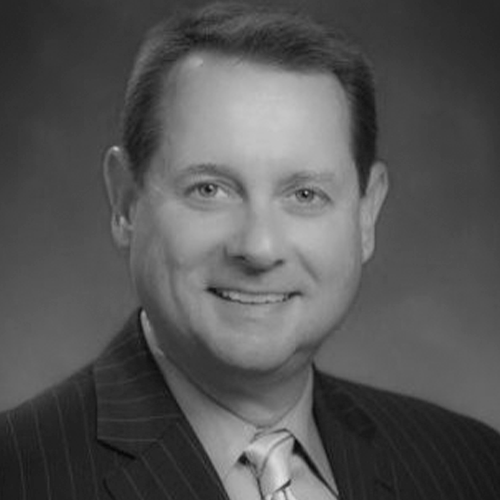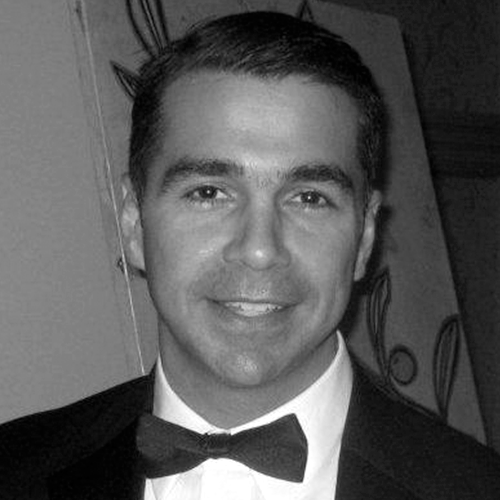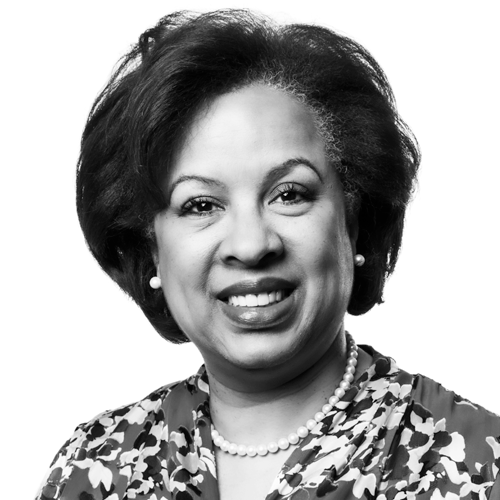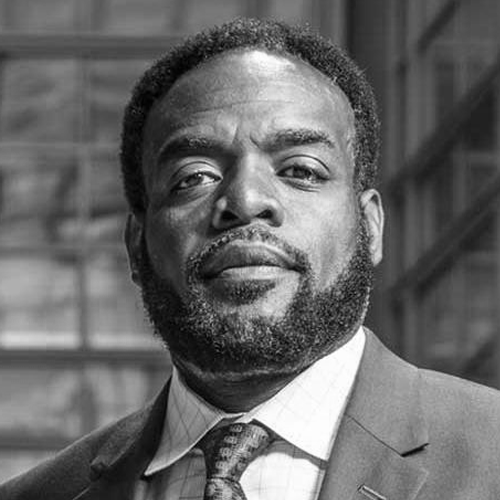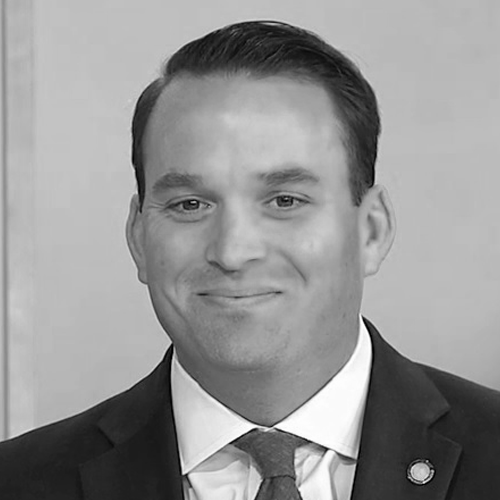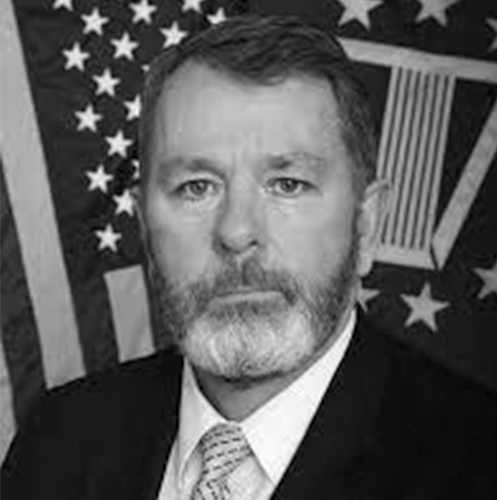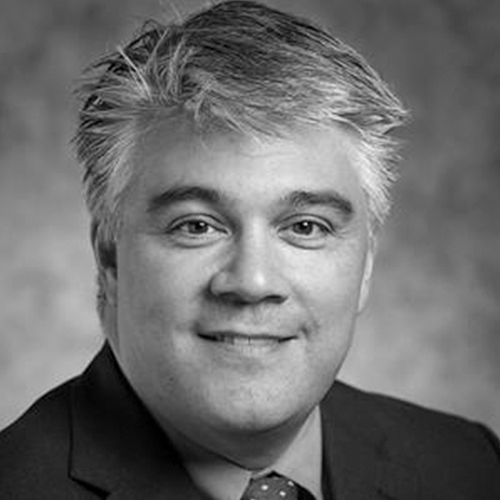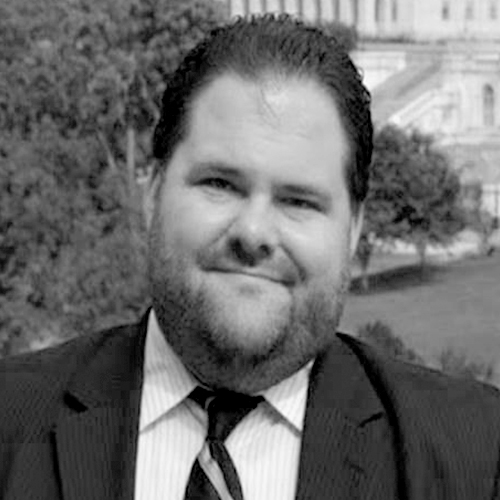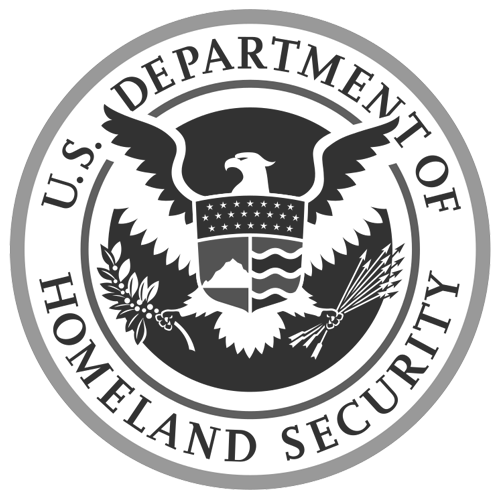FedScoop and Scoop News Group are delighted to announce the winners of the annual FedScoop 50 Awards.
This year’s FedScoop 50 Awards celebrate the tireless leaders who’ve made a lasting impact on the community and the nation in 2020, particularly in regard to how they used technology to respond to and overcome the challenges of the COVID-19 outbreak.
Over the past several months, FedScoop received more than 500,000 votes for thousands of nominees who embody the tireless leadership qualities that push this nation forward. With more than 200 finalists, the public voted for the top leaders across eight categories: Golden Gov: Executive of the Year, Federal Leadership, Cybersecurity Leader of the Year, Disruptor of the Year, Industry Leadership, Most Inspiring Up & Comer, Tech Champion of the Year, and Innovation of the Year.
While this year’s FedScoop 50 Awards look and feel different during COVID-19 — namely because the limitations of social distancing forced us to postpone the reception held annually atop the Hay-Adams Hotel, overlooking the White House and downtown D.C. — we tried to engage the community the best we can during this unprecedented time. FedScoop interviewed this year’s winners of the Golden Gov: Executive of the Year category via video on the challenges they faced this year, how they overcame them and what they look forward to in 2021.
Congratulations again to the FedScoop 50 awardees and all of the more than 200 finalists who have made significant impacts in the past year.

